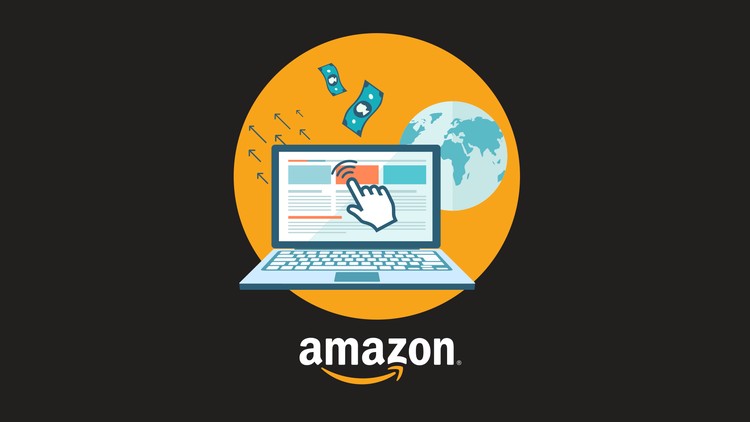Amazon is one of the largest e-commerce platforms and regardless of the e-commerce marketing plan, at some point; retailers have to consider the site. Amazon offers an equal opportunity and retailers can compete with prominent brands and small-scale brands at the same level. Nonetheless, the competition is tough, and besides selling a good product, the sellers have to use an excellent, marketing strategy.
Amazon PPC is among the most effective strategies since retailers can test a product, and see if it sells even without reviews. If the product sells without reviews, it passes as an excellent seller. Anyone with an active Amazon seller account can advertise on the platform with the Amazon PPC strategy. However, advertising only works for the new products, but does not apply to the resold or older products.
Retailers can quickly set a budget for the Amazon PPC campaigns, and the ad is displayed depending on how competitive the bid is. The amazon ppc guide boosts the product’s relevance, which is among the key factors the Amazon search engine uses to rank products. The higher the rank, the more the viewers and this translates to more clicks, which mean more sales.
Although it is an active campaign strategy, the results could take months. Often, people lose hope and forget their campaigns. This should however not be a worry anymore since below is a guide to the secrets of a successful Amazon PPC.
Apply automatic marketing
In the first days, the campaign could adopt manual targeting where you use your keywords or automatic targeting where Amazon chooses the keywords. Even though they are both appropriate, automatic targeting works better for a new campaign since the Amazon algorithm chooses product ads for relevant keywords and the less common phrases.
Get rid of the poor keywords
Run the automatic targeting campaign for around three weeks and then compare the sales. More so, as soon as you get some orders, optimize. From the advertising reports, determine the keywords with the most sales and add them to a new manual targeting campaign. Add the keywords with no sales, to the negative keywords list. Your ad will not show up for the negative keywords.
Use keyword data
Keywords data could boost your organic ranking. Hence, on the product listing’s keywords section, choose the keywords with the highest click-through rate.
Use the revenue to pay for ads
Instead of paying for ads with a credit card, use the money generated from revenue. You only have to alter the default settings in the Amazon seller central account under the advertising settings.
Track your progress
To control your expenses you have to monitor your progress. Mainly, focus on three metrics:
• Spend: the money spent within a specified period. It could be weekly, monthly, or any other time frame.
• Sales: the money made from the ad campaigns
• Average cost of sales: The profit made based on the amount spent on the product’s ad campaign.
Exploit your sales rank
To succeed on Amazon, you have to leverage what you get, into something more until it reaches the top. The sales rank is an excellent leverage since it boosts your chances of appearing in the personal searches and regular searches. Once you get good ranks, you can cut back on the PPC campaign to yield some revenue from the increased views.
Have a flexible PPC budget
Your PPC campaign budget must be flexible since you have to adjust it depending on how the products move on the sales ranks. If you set a fixed budget, your money may have no beneficial impact.
Although it is an effective strategy, the results could take long. Moreover, even though it is quite easy to optimize a PPC campaign, the truth is, you have to monitor the campaign regularly. Anyway, when done in the right way, Amazon PPC yields growth and profits. The strategy could exponentially maximize returns and snowball your profits and business to another level.
